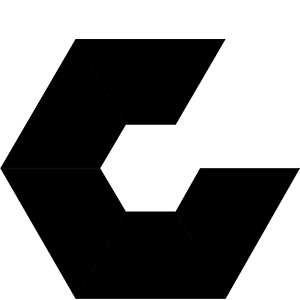Take a second and think about your favorite digital product or service. This could be a smartphone, an app, a website or a video game. The possibilities are seemingly endless. But, for the most part, I’ll bet they all have one thing in common: “they just work.”
Or, should I say, “It just works?” That was after all the phrase which Steve Jobs used so many times on stage at the 2011 WWDC keynote, it compelled TechCrunch to write this article about it at the time.
While Jobs was trying to sell Apple’s new cloud services, the message was clear. “It just works,” would become a mantra of the industry, the driving force behind all new innovation and advancements in this space.
“It just works” may be marketing speak, but it captures a feeling we have when we use a product–an app or a website–that feels like it was made just for us. It’s easy to use, it provides great value and it creates an experience worth returning to.
This level of engagement can only be achieved with great UX design, but it’s important to remember that the best UX design can only be achieved when backed by solid user research.
In this post, we’ll take a look at who user researchers are, what they do and how they can help your organization produce better products.
What is user research?
User research is a part of the user experience design and development process in which different methods are used to study and understand a target audience’s behavior, motivations and needs.
Professionals in the user research space often conduct focus groups or interviews with individual users. During these sessions, they’ll walk users through a series of tests, lines of questioning and hands-on exercises to better understand what’s behind each decision the user makes while interacting with a product or service.
What methods do user researchers use?
User researchers look to answer the primary questions: What does the user want out of this product? How does the user interact with the product? What features might cause a roadblock for the user?
User researchers are able to get at the answers through a number of known methods such as, but certainly not limited to:
Card Sorting
Users are given a sampling of the information on your product and asked to group them how they see fit. This helps you understand if your product is organized in the same way that users think it should be.
Usability-Lab Studies
A one-on-one interview in which the user researcher prepares a set scenarios under which the product may be used. The end-user is then asked to follow these scenarios, so the researcher can observe and record their interactions. Usability-Lab Studies can help you identify user pain-points and build more intuitive and streamlined interactions.
Eye-Movement Tracking
A bit advanced, eye-movement tracking leverages infrared lights and special glasses to track a user’s eye movement while they interact with a given product. Eye-movement tracking is at least partially responsible for our understanding of the F-Shaped Pattern–the way in which the majority of internet users scan web pages for information. Understanding your user’s eye movement can help you identify where they’re paying to most attention while using your product, which can in turn help you increase conversions.
This is just a small sampling of user research methods, but Nielsen Norman, Usability.gov and the Interaction Design Foundation have plenty more examples on their sites that you might want to consider during a User Researcher talent search.
The benefits of User Research
Professionals in the industry tend to point toward a common conclusion: UX without user research is not UX at all.
Take a look at any of the popular UX forums and you’ll see threads such as this one on stack exchange:
That’s because, user research helps ensure that you’re getting your product right the first time by leveraging hard evidence and not simple assumptions.
Effective user research will help you get your product to market faster while avoiding costly mistakes. It can also help identify problems and missed opportunities you didn’t know were there with your existing products.
At the end of the day, user research is the key component to creating a product that people will love and want to use again.
Where to find user researchers
User researchers constantly make the lists of best jobs in America, like this one here from CNN Money. And, as you might suspect, this is just one indication that they can be hard to come by.
The best user researchers are hotly sought after today, and therefore won’t be found skimming the help wanted ads like an entry-level account manager. Rather, you’ll want to work with a staffing agency with an extensive network of qualified candidates and with reach into the passive market as well.
To learn more about how Onward Search can help you find top user researchers, contact us using the form below.
Hire User Researchers
Complete this quick form and one of our user research experts will be in touch to discuss your talent needs.







